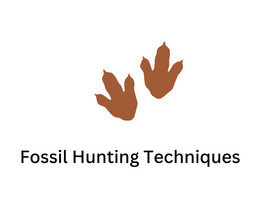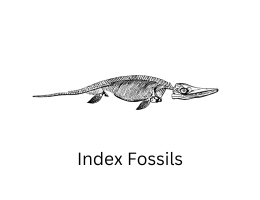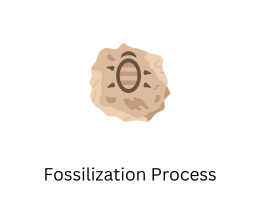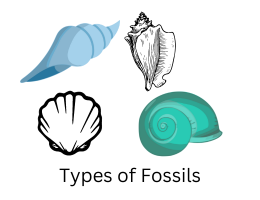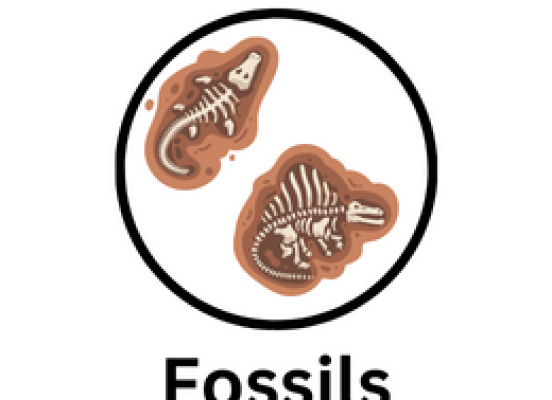
An Overview of Fossil Types and Formation Methods
- By admin --
- Saturday, 18 Mar, 2023
Fossils are the remains or traces of organisms that lived in the past, preserved in sedimentary rocks or other geological materials. There are many types of fossils, each with its own distinctive characteristics and ways of formation. In this article, we will explore the different types of fossils, their formation, and some examples of each type.
1. Cast fossils:
A cast fossil is formed when an organism or part of it is buried in sediment and then dissolves or decays, leaving behind a cavity or impression. This cavity can then be filled with sediment, forming a cast of the original organism or part. Cast fossils are usually three-dimensional and show the external features of the organism. Examples of cast fossils include dinosaur footprints and molds of seashells.
2. Mold fossils:
A mold fossil is formed when an organism or part of it is buried in sediment and then dissolves or decays, leaving behind a cavity or impression. Unlike cast fossils, mold fossils do not preserve any material of the original organism. Instead, they show the shape or form of the organism. Mold fossils are usually two-dimensional and show the external features of the organism. Examples of mold fossils include imprints of leaves, shells, and bones.
3. Petrified fossils:
Petrified fossils are formed when organic matter, such as wood or bone, is buried in sediment and then replaced by minerals over time. The process of petrification involves the gradual replacement of organic matter with minerals, such as silica or calcite, that precipitate out of groundwater. The resulting fossil is a replica of the original organism, made of mineral rather than organic matter. Petrified fossils are usually three-dimensional and show the external and internal features of the organism. Examples of petrified fossils include petrified wood and dinosaur bones.
4. Carbonized fossils:
Carbonized fossils are formed when organic matter, such as leaves or insects, is buried in sediment and then compressed over time. The heat and pressure of the sediment cause the organic matter to lose its volatile components, leaving behind a carbon film. Carbonized fossils are usually two-dimensional and show the external features of the organism. Examples of carbonized fossils include fossilized leaves and insects.
5. Trace fossils:
Trace fossils are the preserved evidence of an organism's activity, rather than the organism itself. Trace fossils can include footprints, burrows, and feces, and provide valuable information about the behavior and ecology of the organisms that made them. Trace fossils are usually two-dimensional and show the external features of the organism's activity. Examples of trace fossils include dinosaur footprints and worm burrows.
6. Coprolites:
Coprolites are fossilized feces that provide valuable information about the diet and digestive systems of ancient organisms. Coprolites are usually two-dimensional and show the external features of the feces. Examples of coprolites include fossilized dinosaur dung and ancient human feces.
7. Amber fossils:
Amber fossils are formed when tree resin hardens and traps small organisms, such as insects or spiders, inside. The resin then fossilizes over time, preserving the trapped organism in three dimensions. Amber fossils provide valuable information about the anatomy and behavior of ancient organisms, as well as the ecology of ancient forests. Examples of amber fossils include fossilized insects and spiders.
In summary, fossils are the remains or traces of organisms that lived in the past, preserved in sedimentary rocks or other geological materials. There are many types of fossils, each with its own distinctive characteristics and ways of formation. Cast fossils are formed when an organism or part of it is buried in sediment and then dissolves or decays, leaving behind a cavity or impression that is filled with sediment

